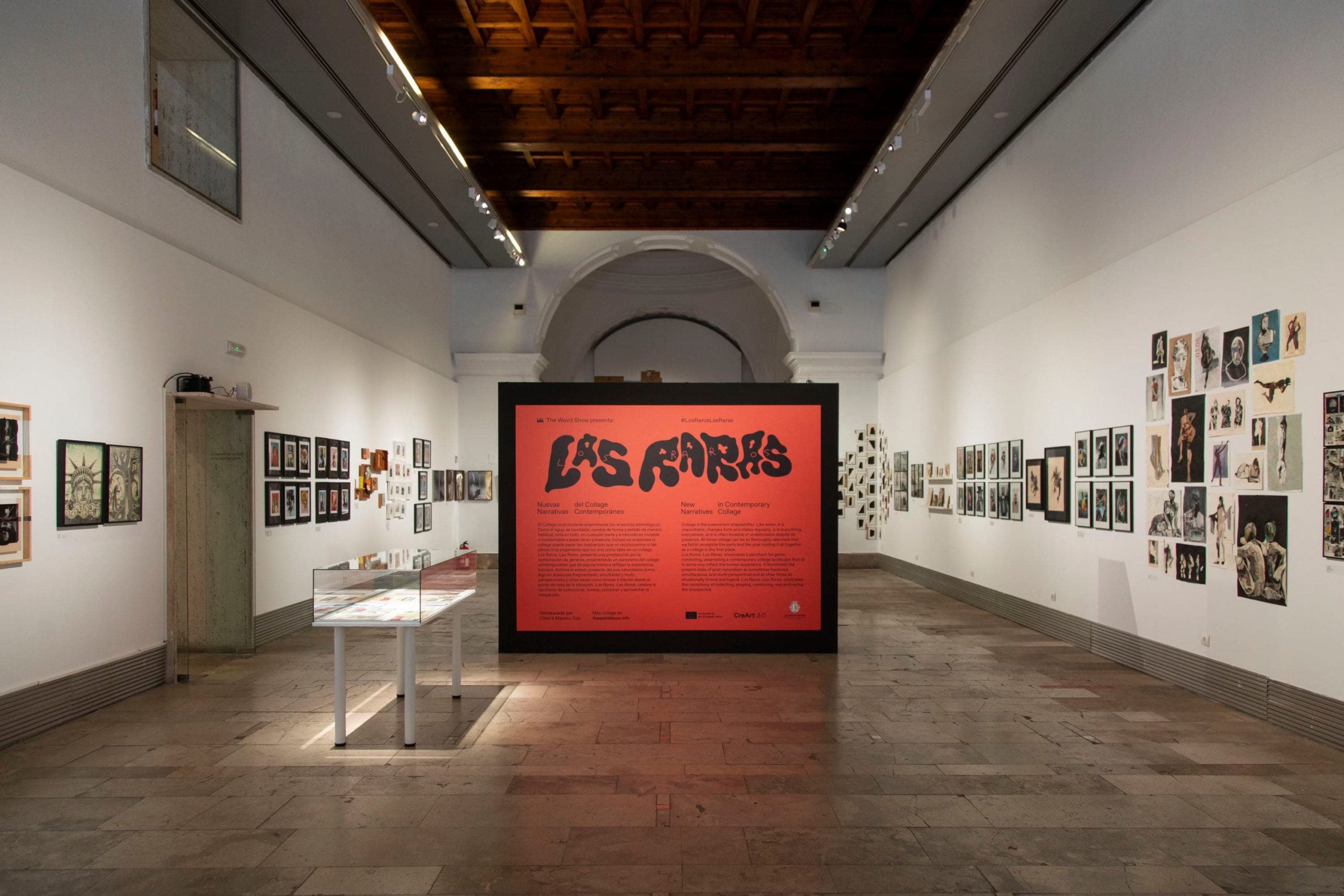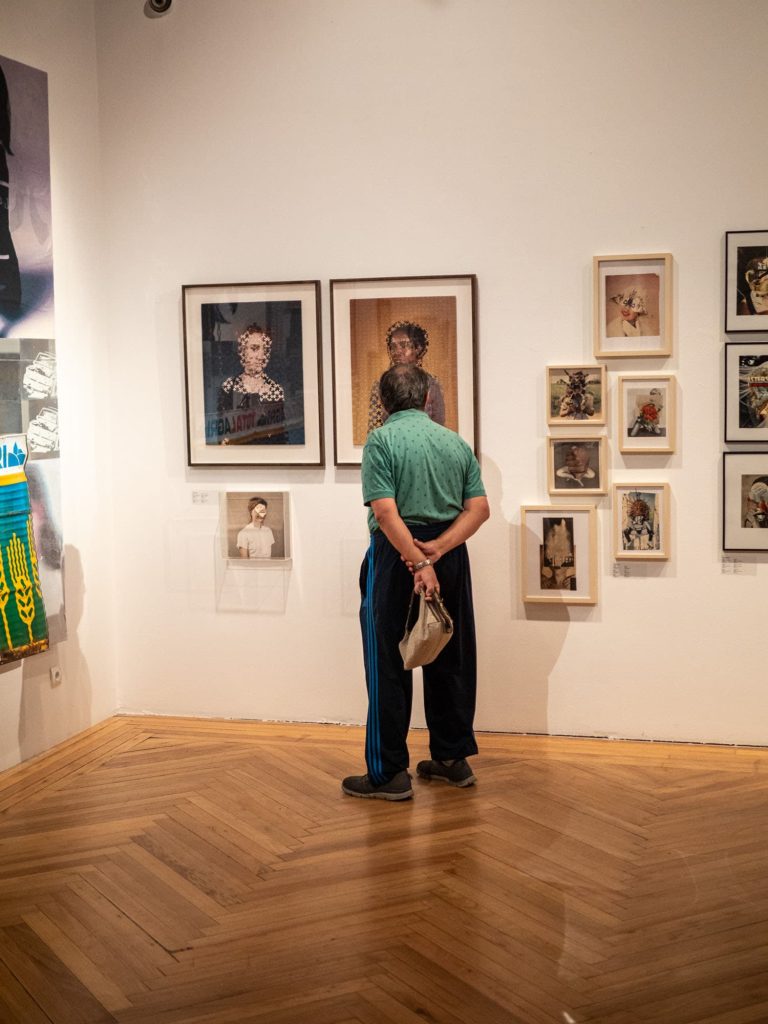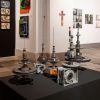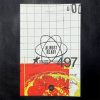On May 10th we opened “Los Raros. Las Raras. Nuevas Narrativas del Collage Contemporáneo” in Valladolid, Spain—the most ambitious exhibition we’ve done with The Weird Show since our first one in Madrid in 2011.
Explaining everything about it would be almost impossible because so much happened. So, I think I’ll choose some photos and add a bit of text to each one, trying not only to describe this experience but also to capture the spirit of what took place in Valladolid during those days. It was truly exciting and something we’ll remember for a long time (at least those of us who were there).
The order of the photos and texts will be quite random. I’ll probably leave many things out. That’s life: almost always messy and incomplete.
1. Co-Curators
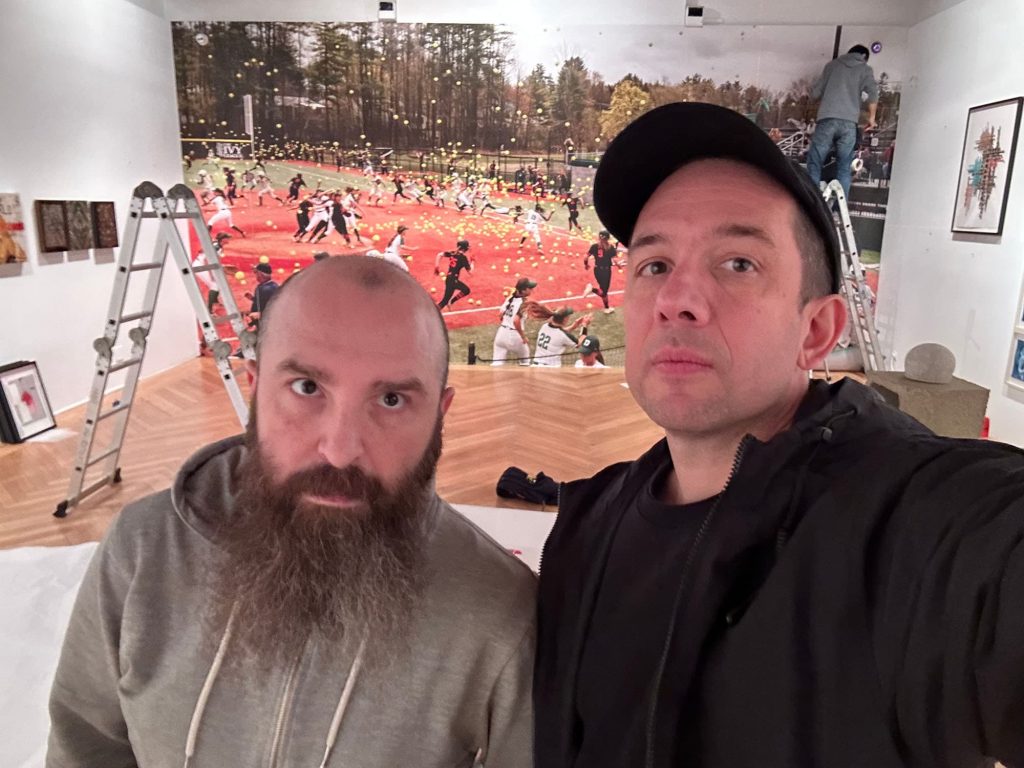
The exhibition started with a proposal from Cless, who lives and works in Valladolid. “How about we try to get a space to do a great exhibition in my city?” The answer was, “Yes, let’s see what we can do.” Cless worked on that, asked questions, investigated. On my end (this is Max-o-matic writing), I prepared a dossier putting together the history, track record, and philosophy of TWS. Fifteen months after that conversation, with the enormous support of the Fundación Cultura Ayuntamiento de Valladolid, we opened the exhibition. In between: tons of work, quite a few worries and problems to solve… and lots of fun. Lots of fun.
2. Beyond paper
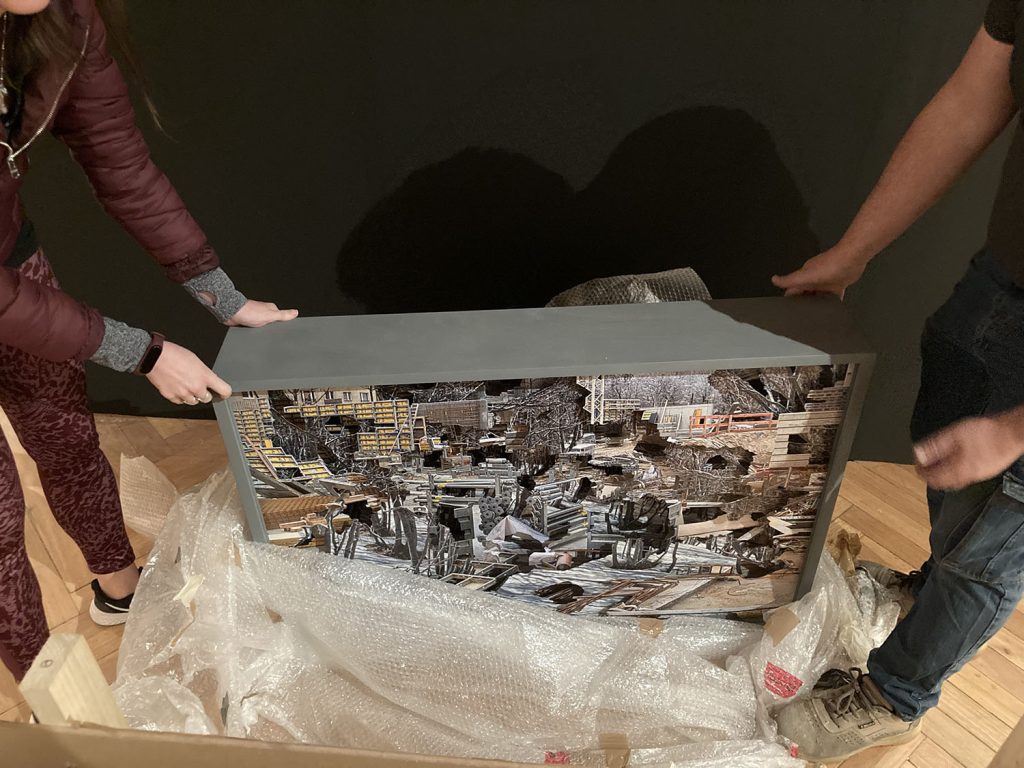
This exhibition is based on the idea that collage is not just a technique, a combination of materials, and certainly not a style. In “Los Raros,” collage is presented as a way of engaging with the world around us and a desire to appropriate and recontextualize it to create new narratives. This idea allowed us to include photographs (Pelle Cass or Michel Lamoller, in the photo above), paintings (Martí Sawe, John Whitlock, Alvaro Naddeo, among others), sculptures (J. Sasso, Rubén Briongos), performance (David Henry Nobody Jr.), video (Pablo Serret de Ena, Mac Premo, or Erik Winkowski), installations (Mario Zoots, Cless, Julio Falagán), digital(Asger Carlsen, Nico Krijno), or mixed media that are harder to classify (Michael Mapes or Omar Barquet). Here are some more photos of the work of these artists.
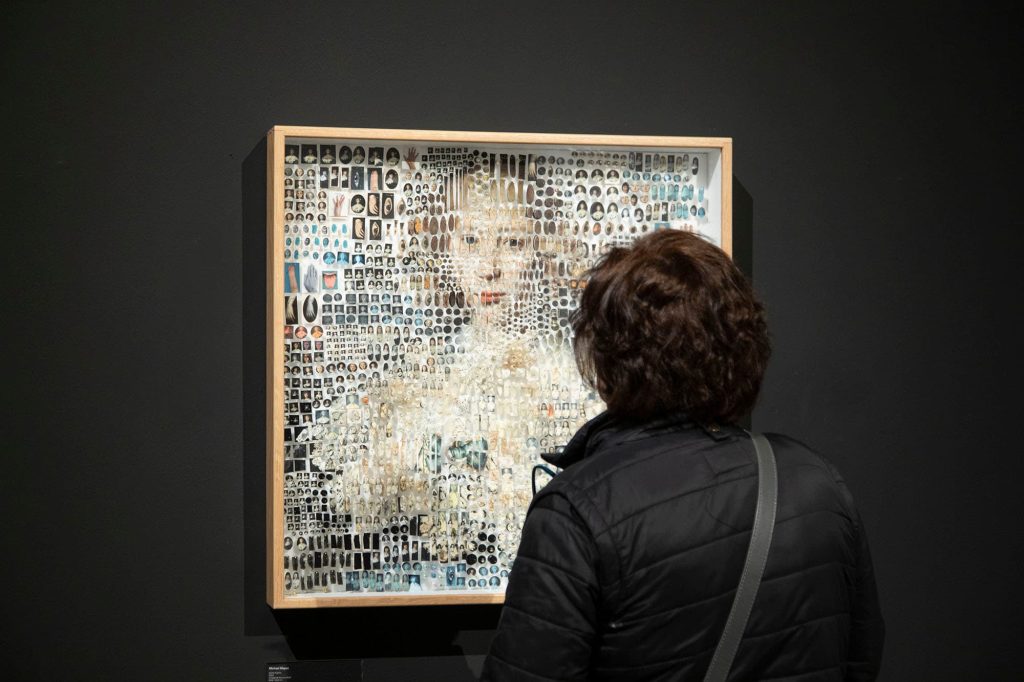
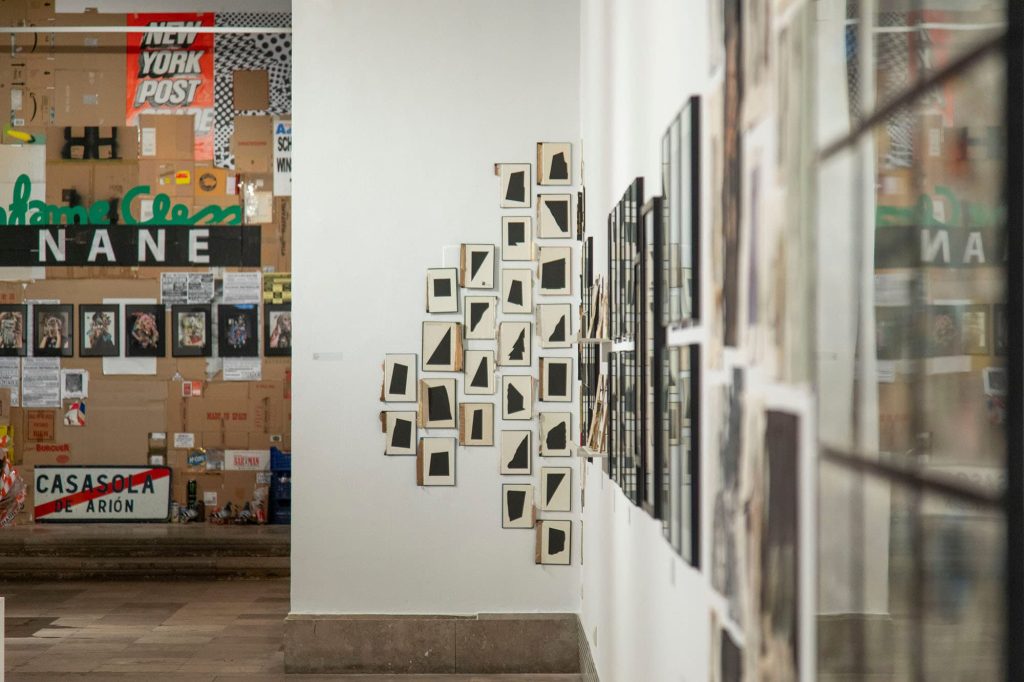
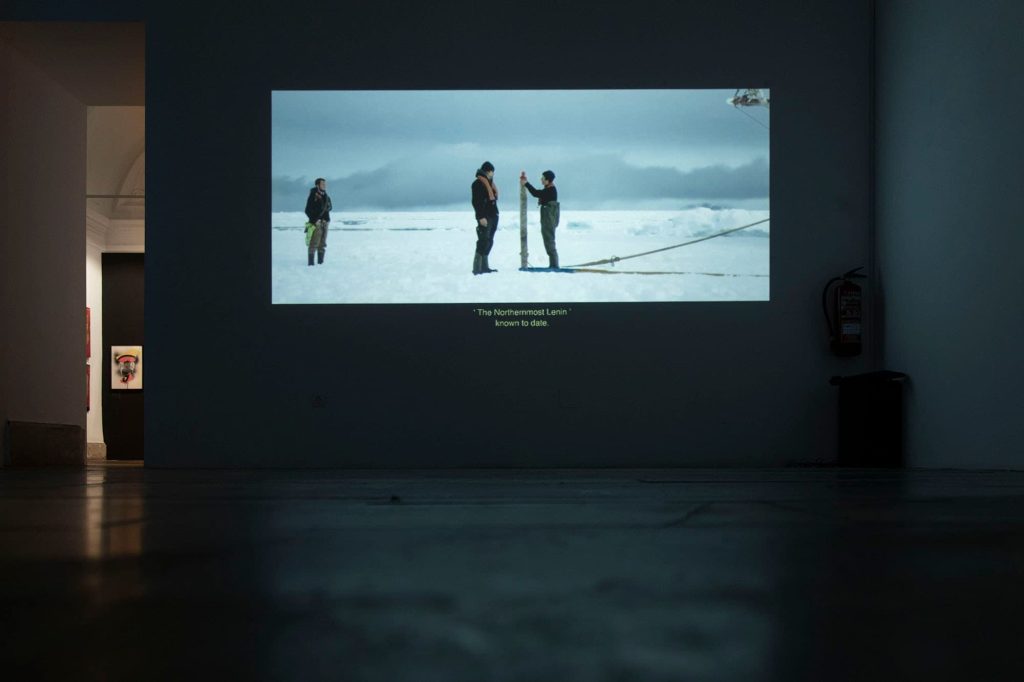
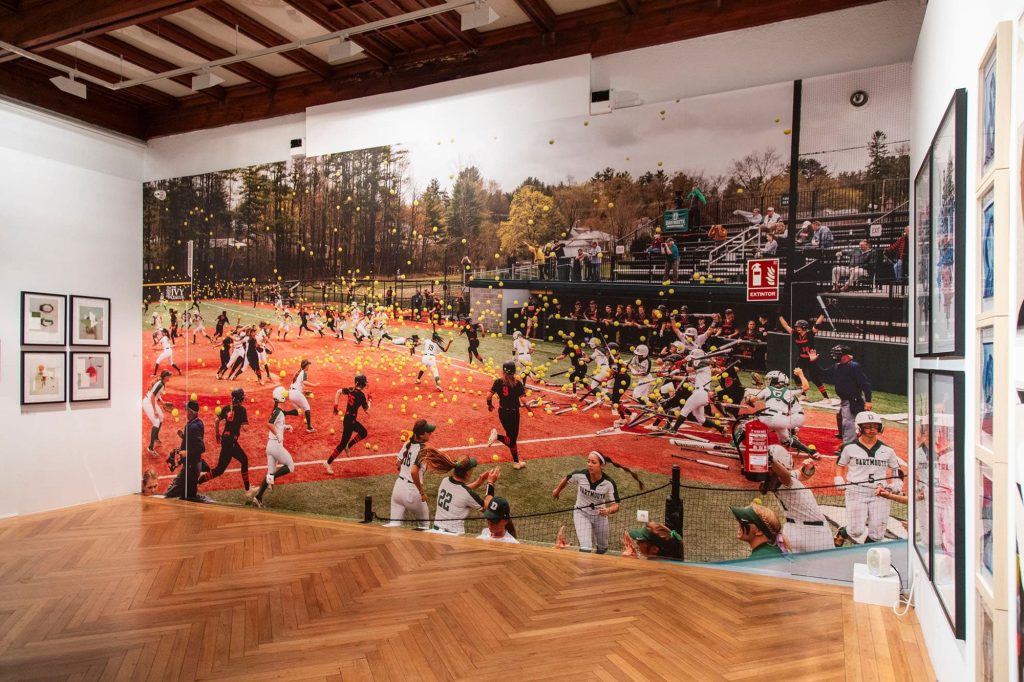
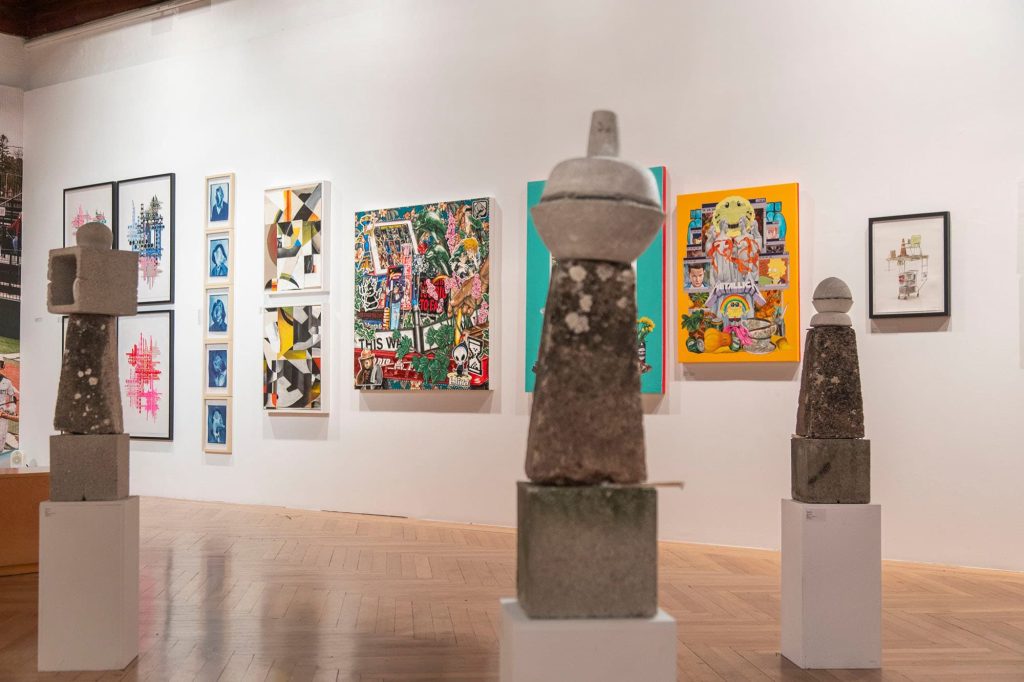
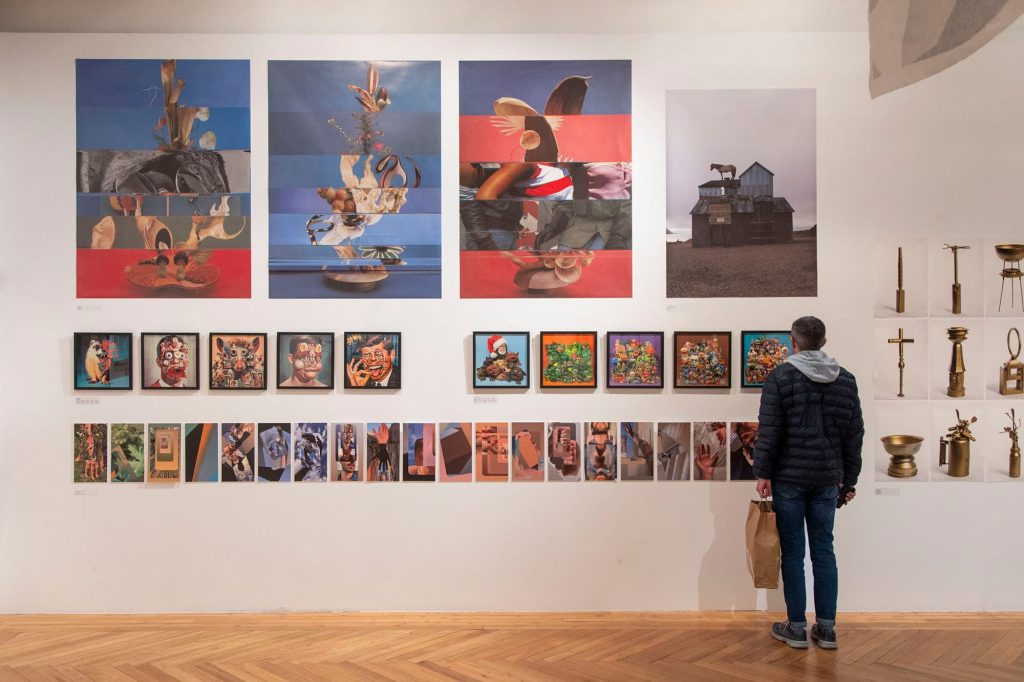
3. The first and the last
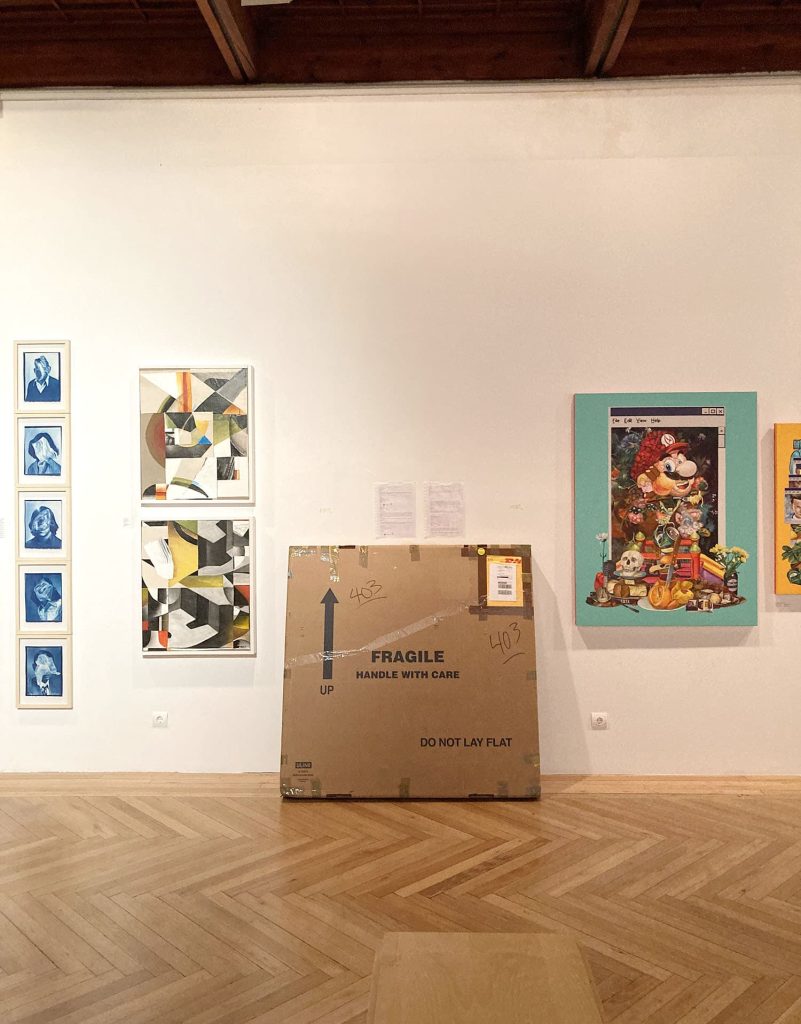
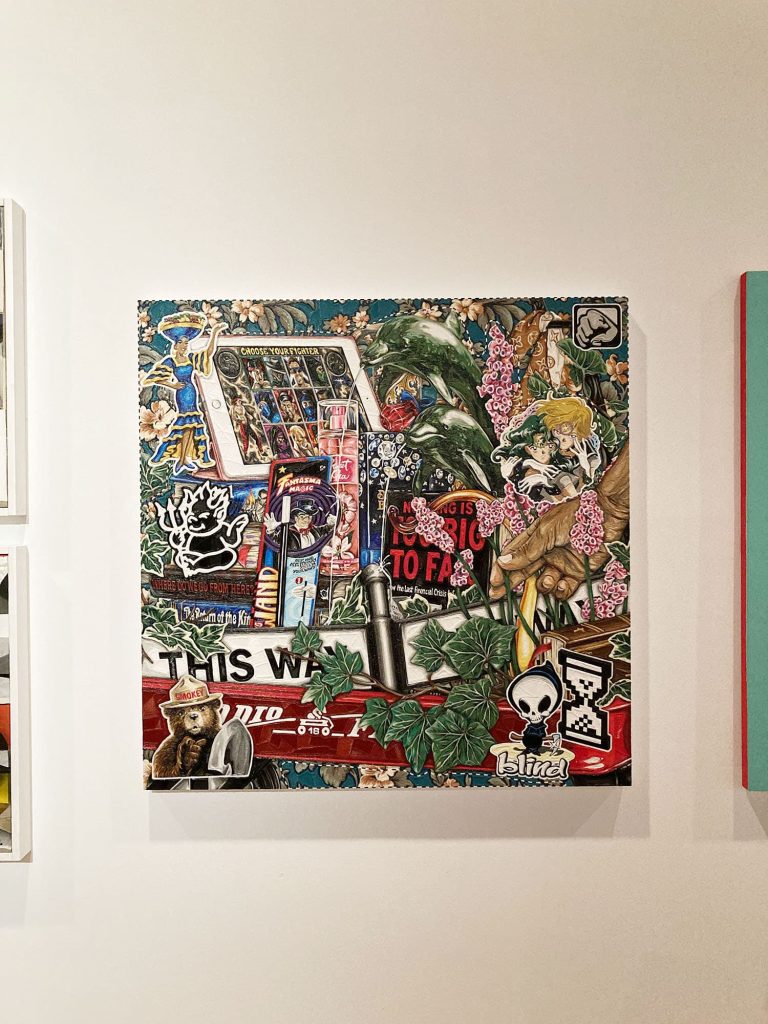
Even though our previous show co-curated with D. Dominick Lombardi was named Altered Logistics, ‘Los Raros. Las Raras’ was a real logistical nightmare. With 97 artists involved, 95 projects (including 2 creative couples working together), and almost 500 artworks to be shown, shipping, insurance, sizes, weights, crates, envelopes, taxes, and customs made the show very challenging in terms of production. Thanks to María Mozo from Fundación Cultura Valladolid, all the issues that arose during the process were handled in the best possible way. Thank you, María!
There’s one specific case where we feel the universe was very unfair: Anthony White.. He was one of the first artists to respond, sending all his information swiftly and with every possible detail we needed. Anthony has been supportive in every way he could and did everything we asked him to do to ensure his painting arrived on time. But due to some issues with customs, DHL, and things beyond our and his control, his work arrived two weeks late. He was the first to respond and the last to be installed.
4. Valladolid, Spain.
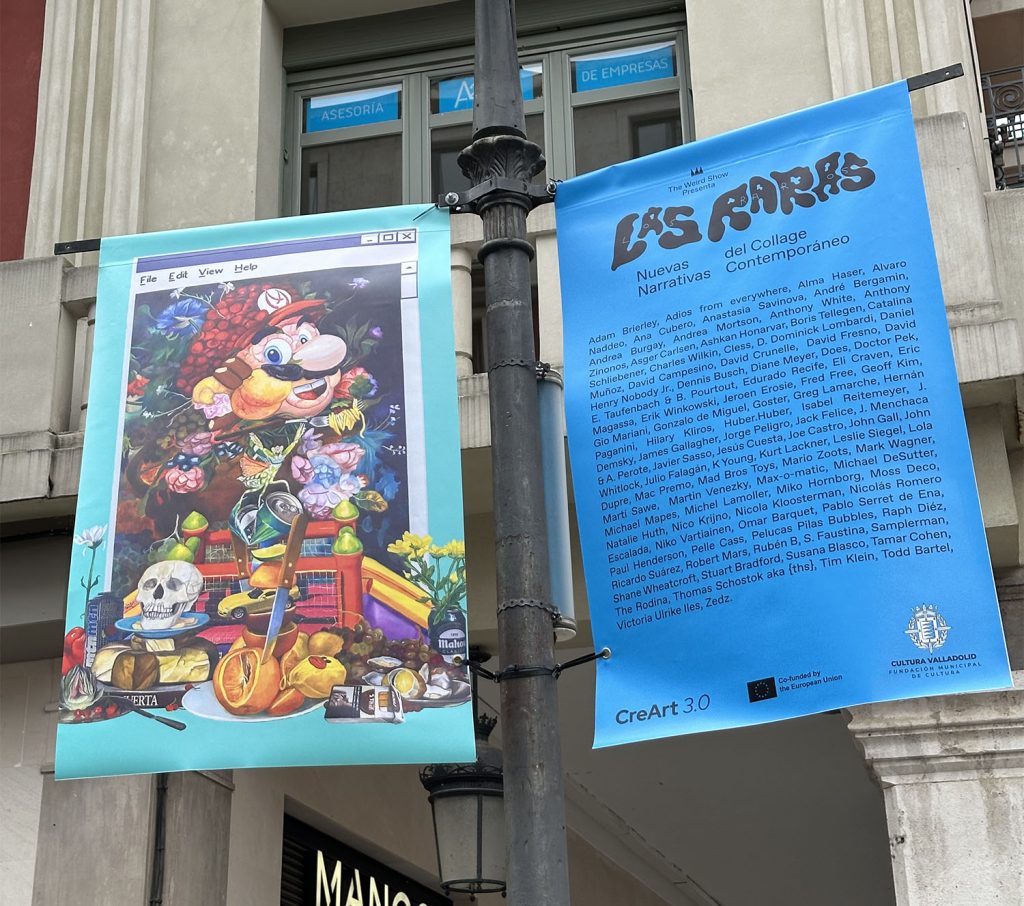
My feeling is that “Los Raros. Las Raras” took over the city for a few days. Of course, I’m so involved that this might very well be a product of my imagination. I think, in many ways, the city was the center of the universe (the universe that matters to me, not the other one) for a few days and that everything that happened there will go down in history (my history, of course) as a unique moment. The question I ask myself is: what would have happened if this had taken place in New York? Would it have been more culturally significant? I discussed this (and other things) with Mario Zoots in an interview for collé. You can read it here.
5. Community.
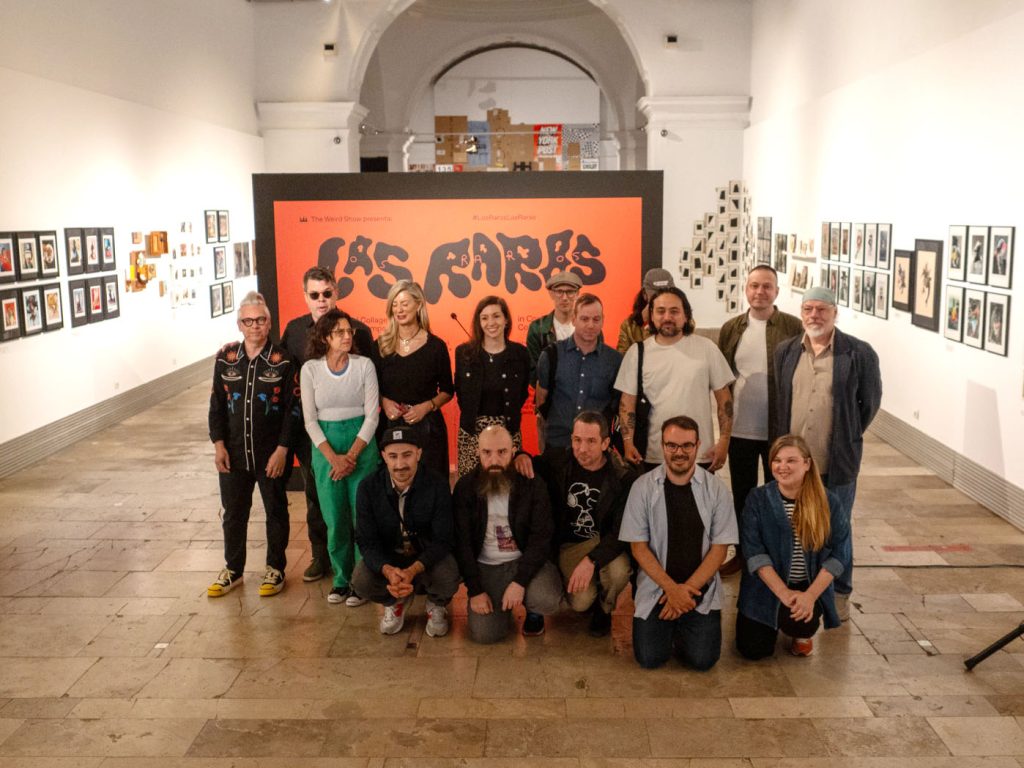
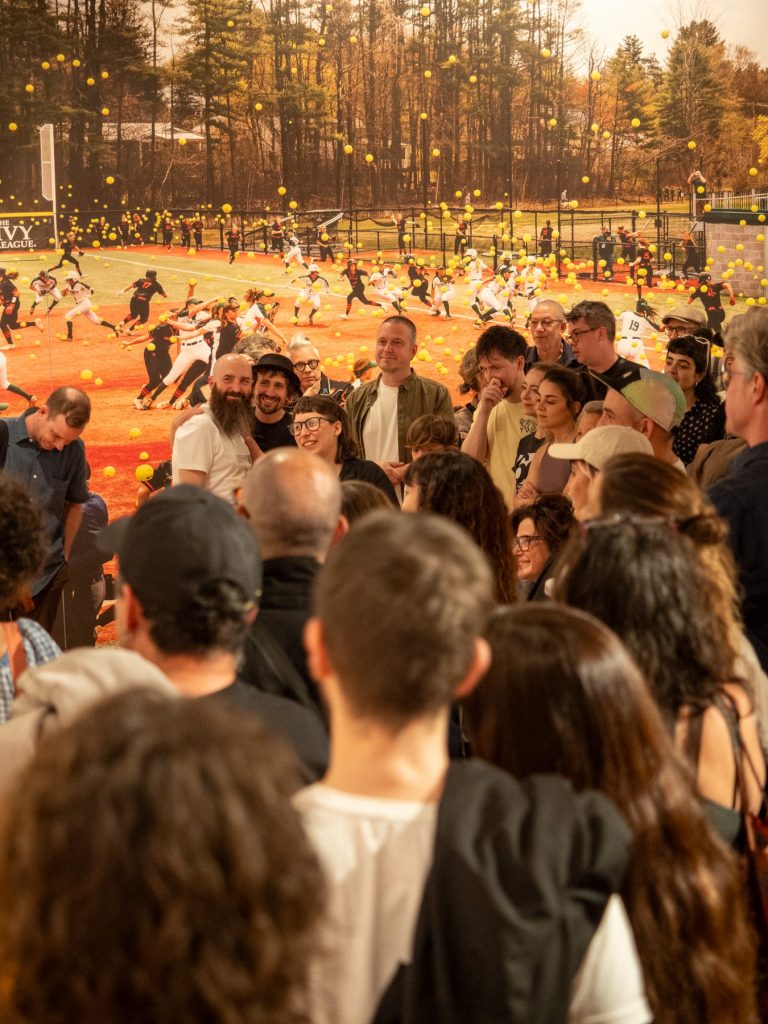
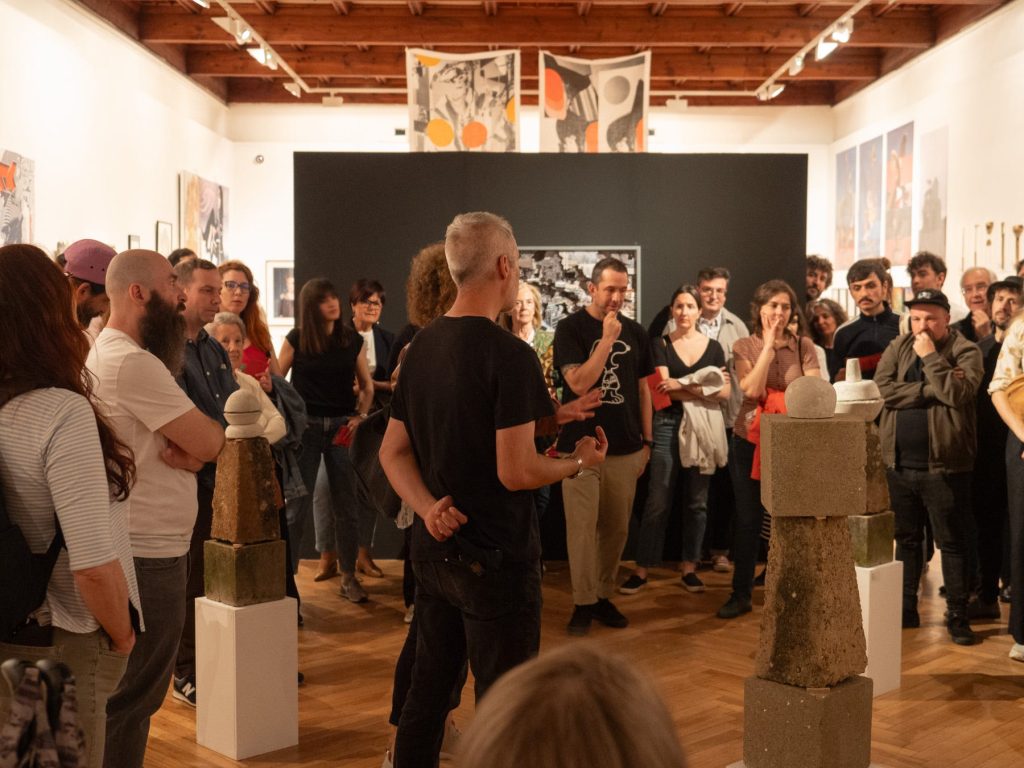
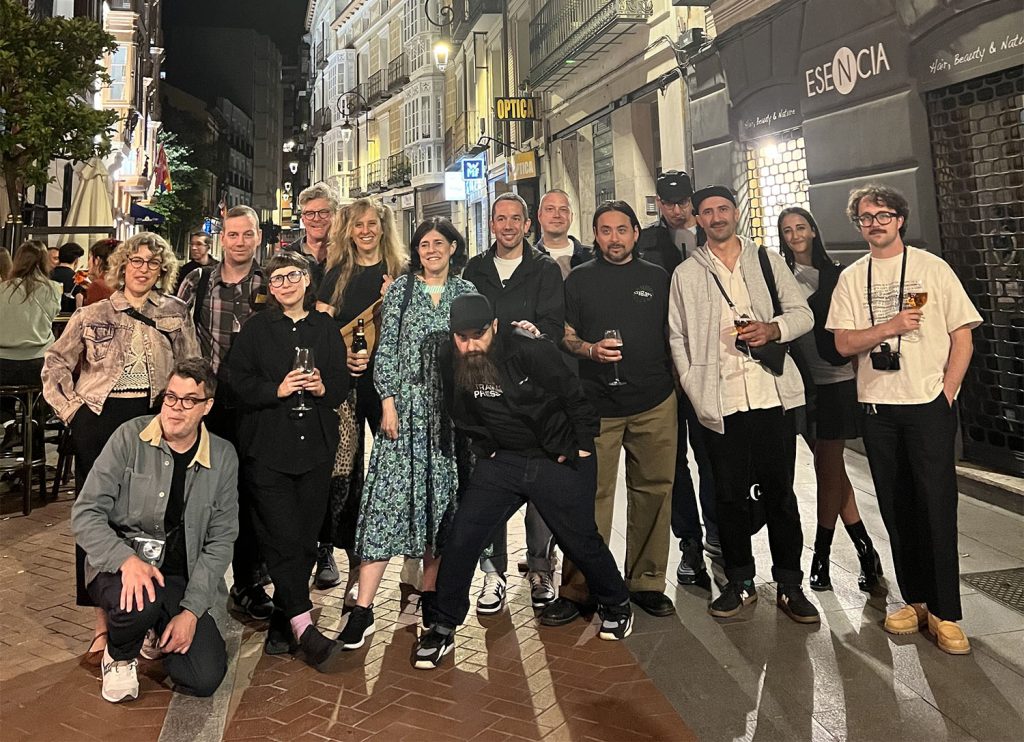
Bringing together 97 artists for this exhibition was incredible. But having over 30 of them present (many coming from places as far away as the United States, Canada, Peru, Finland, Denmark, or Germany) is what made the exhibition’s opening weekend truly unique. Between Thursday and Sunday, we didn’t rest for a minute. We started with the tapas & wine night organized by collé and TWS, then a press presentation, lunch with artists, an open talk with guest artists, and finally bar outings once all the planned events were over. We didn’t even have time to breathe. But it wasn’t the number of activities that made it great, but the incredible good vibes among everyone there. It was a moment of connection where our bonds as a community grew stronger.
5. What comes after this?
With TWS, we always try to move forward. We haven’t always known where, but we’ve never felt comfortable staying in the same place. We started with small (and not so small) exhibitions with fewer artists and rather basic interviews. But over the years, we’ve continued exploring and learning how to do what we do, always driven by curiosity and passion. That’s why I can’t stop thinking about what comes next after this ambitious exhibition, where we finally managed to bring together everything we’ve been thinking, writing, researching, and developing since we began. For the first time, from my point of view, we can unequivocally explain what we believe contemporary collage is. So, what comes after this? I have no idea, but it certainly won’t be the same.
